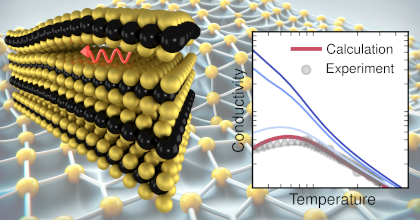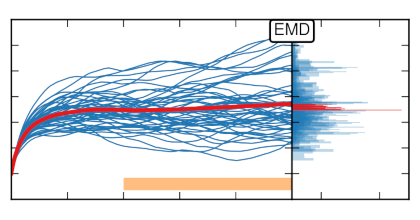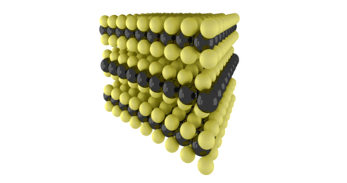Extremely anisotropic van der Waals thermal conductors
S. E. Kim,
F. Mujid,
A. Rai,
F. Eriksson,
J. Suh,
P. Poddar,
A. Ray,
C. Park,
E. Fransson,
Y. Zhong,
D. A. Muller,
P. Erhart,
D. G. Cahill,
and
J. Park
Nature 597, 660
(2021)
doi: 10.1038/s41586-021-03867-8
Download PDF

The densification of integrated circuits requires thermal management strategies and high thermal conductivity materials. Recent innovations include the development of materials with thermal conduction anisotropy, which can remove hotspots along the fast-axis direction and provide thermal insulation along the slow axis. However, most artificially engineered thermal conductors have anisotropy ratios much smaller than those seen in naturally anisotropic materials. Here we report extremely anisotropic thermal conductors based on large-area van der Waals thin films with random interlayer rotations, which produce a room-temperature thermal anisotropy ratio close to 900 in MoS2, one of the highest ever reported. This is enabled by the interlayer rotations that impede the through-plane thermal transport, while the long-range intralayer crystallinity maintains high in-plane thermal conductivity. We measure ultralow thermal conductivities in the through-plane direction for MoS2 (57± 3 mW m−1 K−1) and WS2 (41± 3 mW m−1 K−1) films, and we quantitatively explain these values using molecular dynamics simulations that reveal one-dimensional glass-like thermal transport. Conversely, the in-plane thermal conductivity in these MoS2 films is close to the single-crystal value. Covering nanofabricated gold electrodes with our anisotropic films prevents overheating of the electrodes and blocks heat from reaching the device surface. Our work establishes interlayer rotation in crystalline layered materials as a new degree of freedom for engineering-directed heat transport in solid-state systems.



